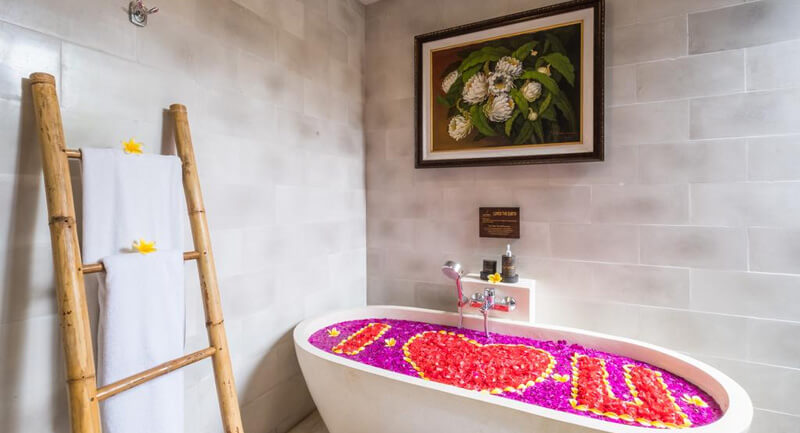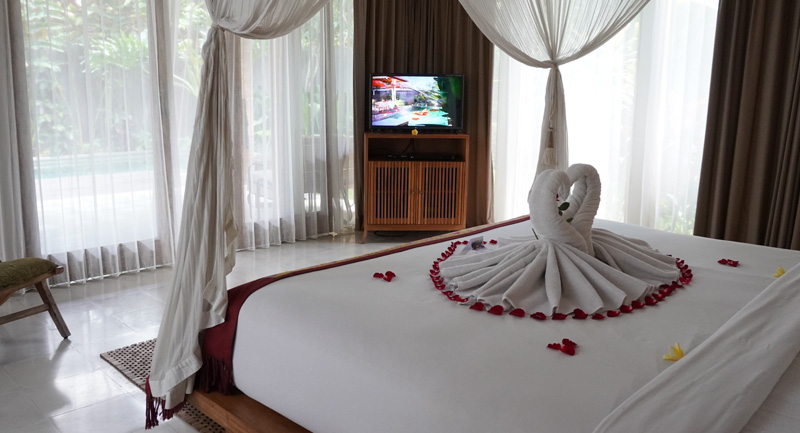History of Ubud

Ubud has a known history back to the eighth century, when the Javanese Hindu priest Rsi Marhandya came to Bali from Java, and meditated at the confluence of the two Wos rivers at Campuan (the area where Purana Boutiqe resort is located), just South of the modern day town centre. A shrine was established and later expanded by Dang Hyang Nirartha, the Javanese priest who is regarded as the founder of Bali's religious practices and rituals as we know them today. At this time the area was a centre of natural medicine and healing, and that is how the name Ubud originated: Ubad is ancient Balinese for medicine.




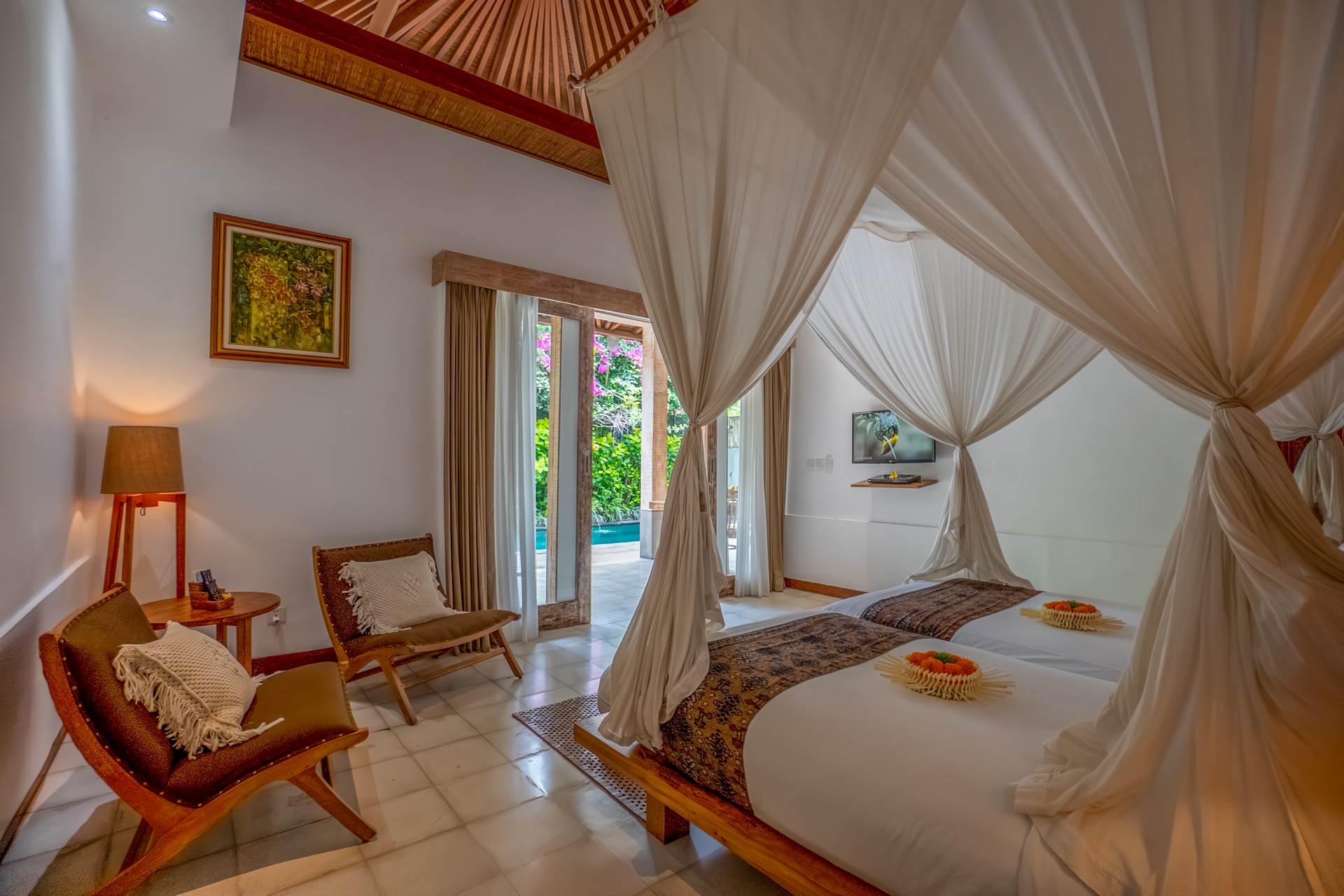
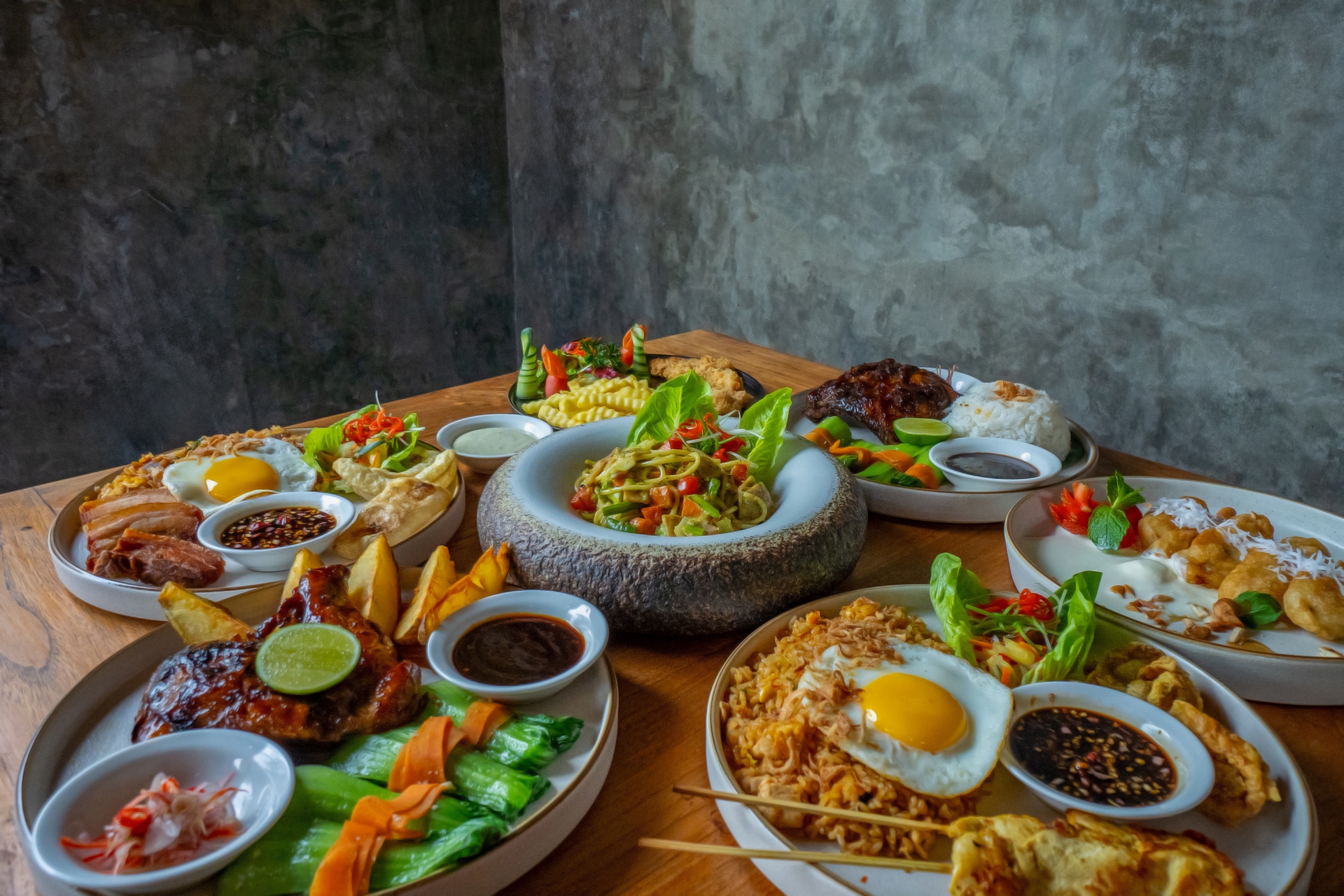
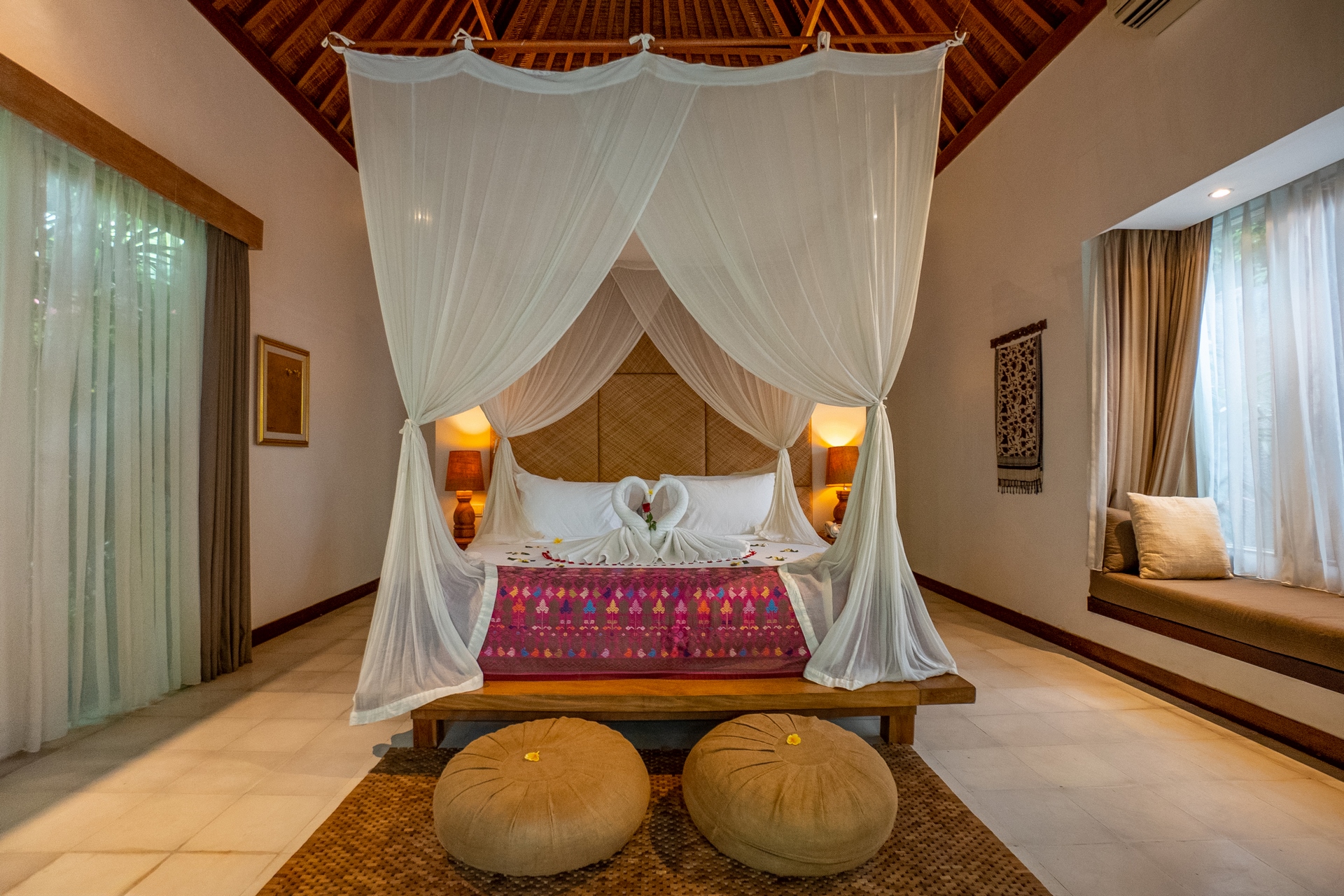
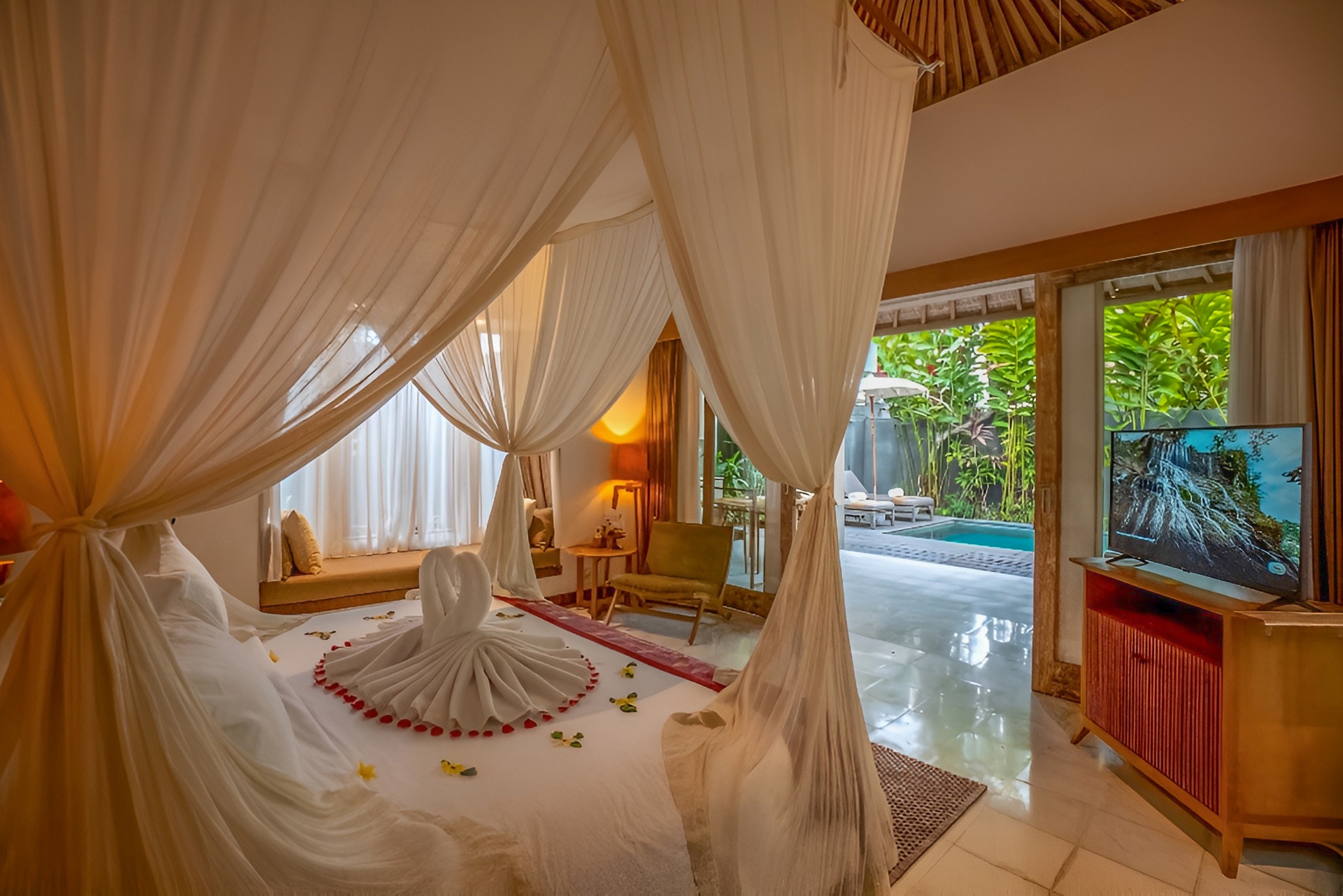
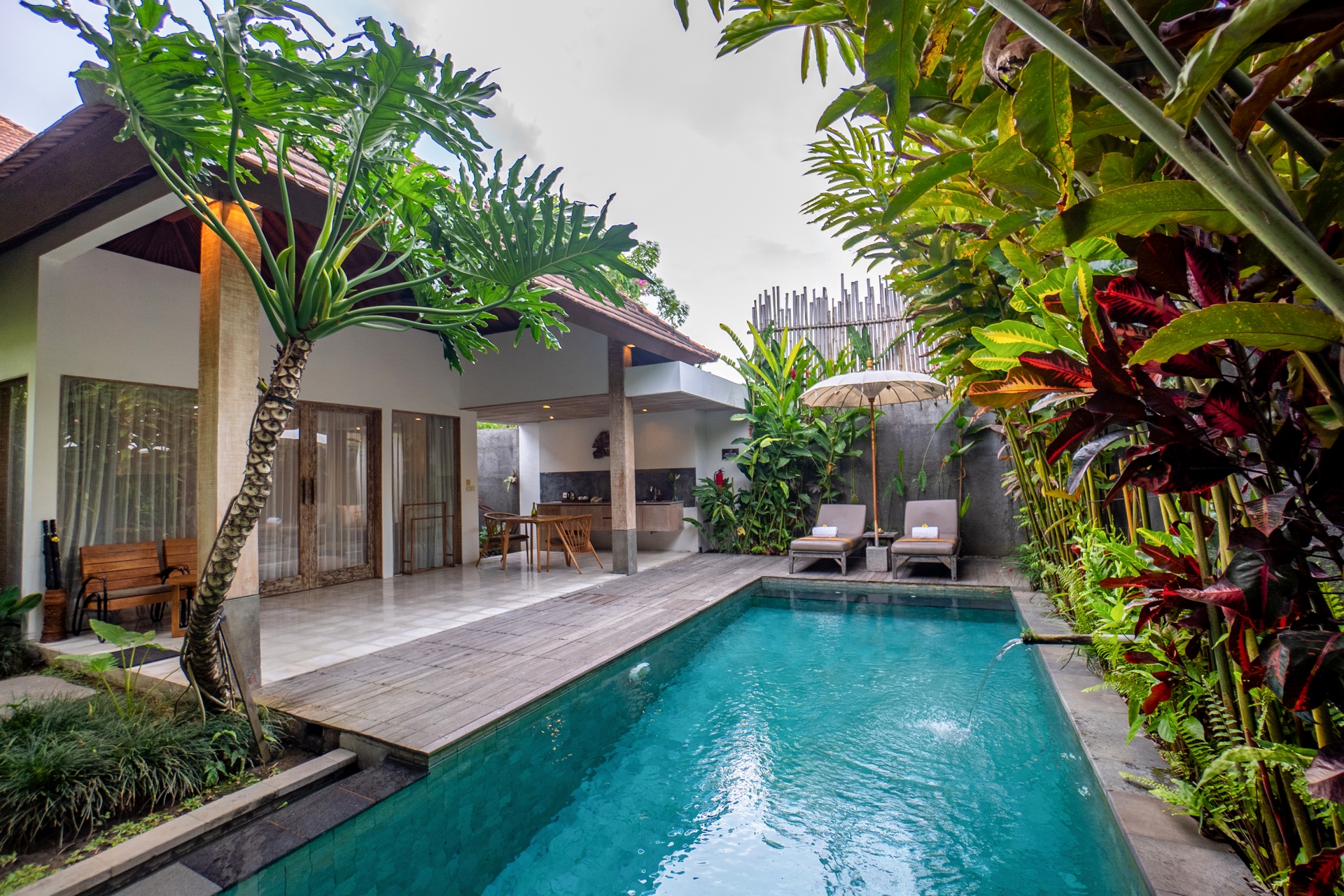
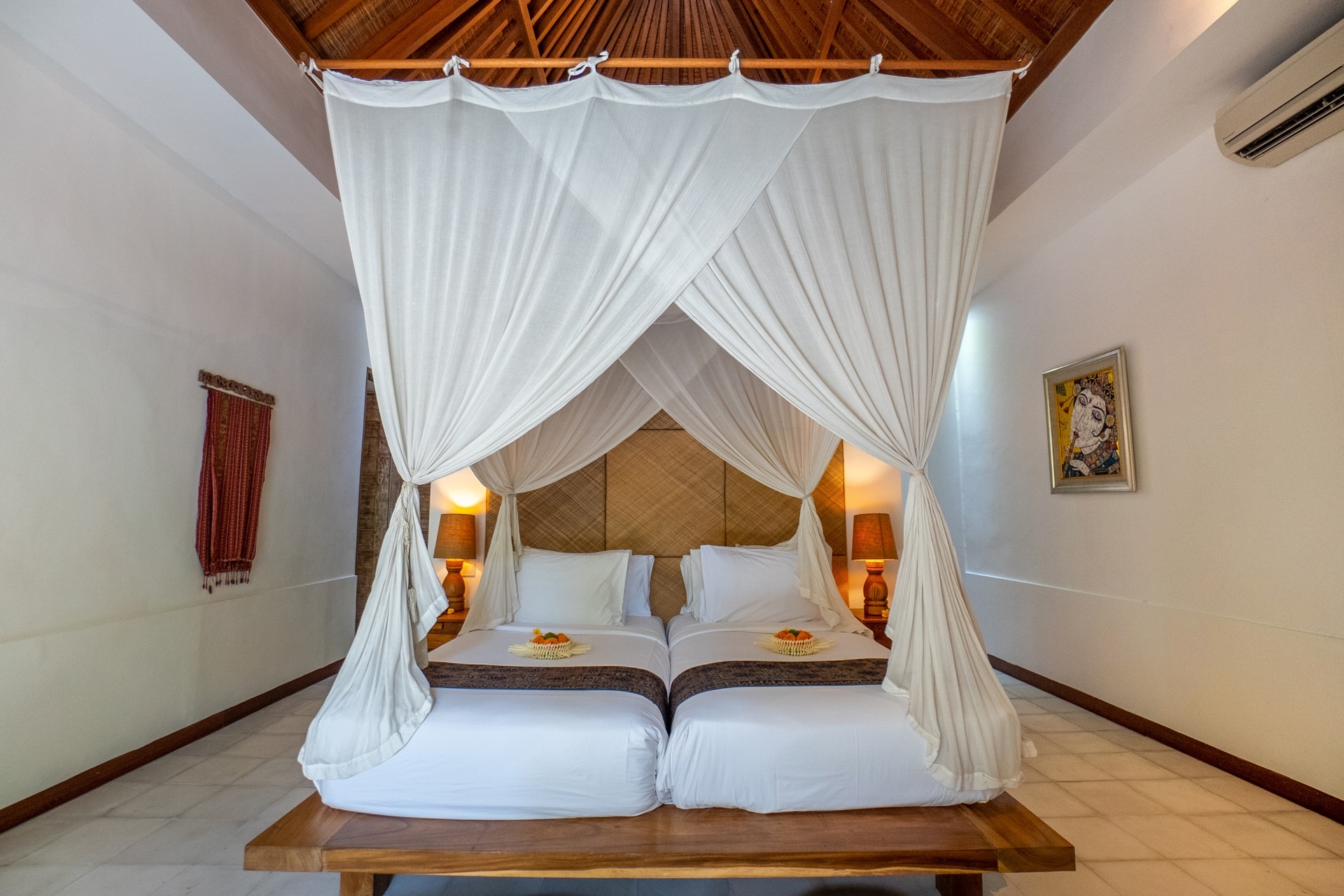
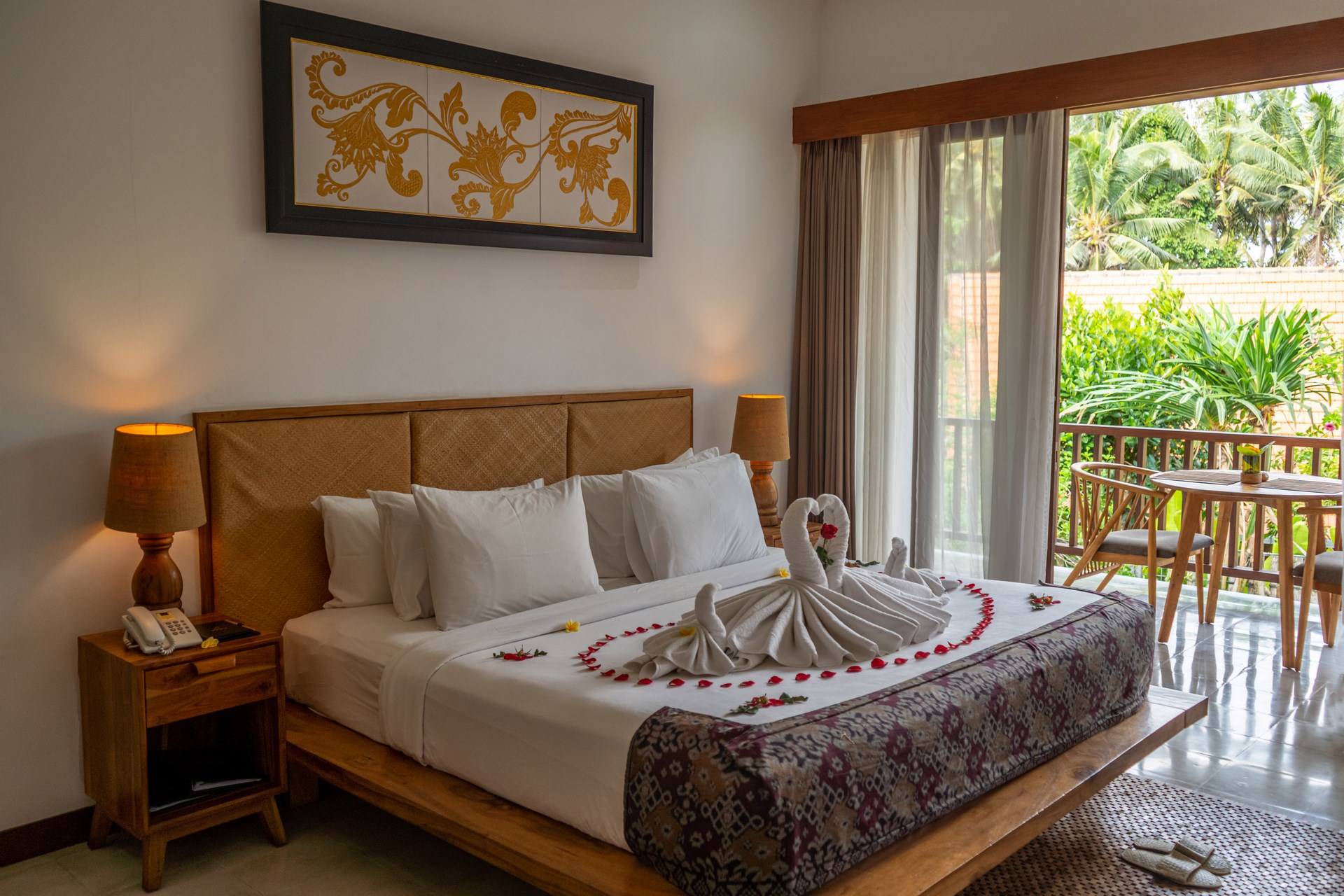
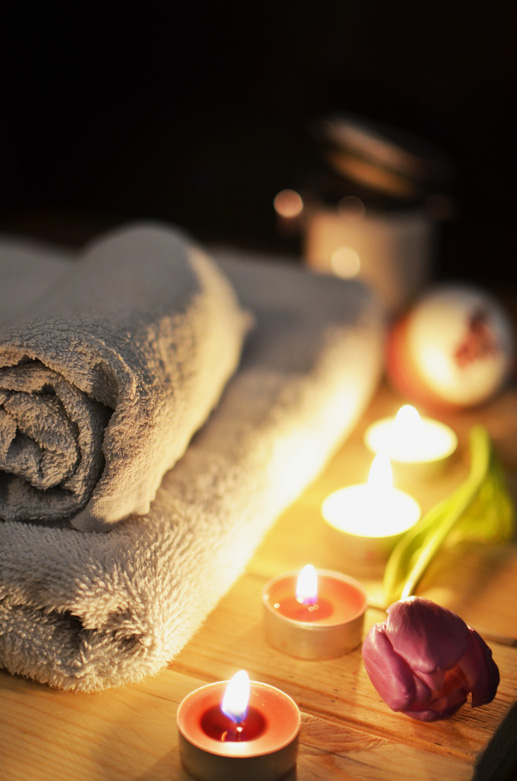 Uttam Spa
Uttam Spa
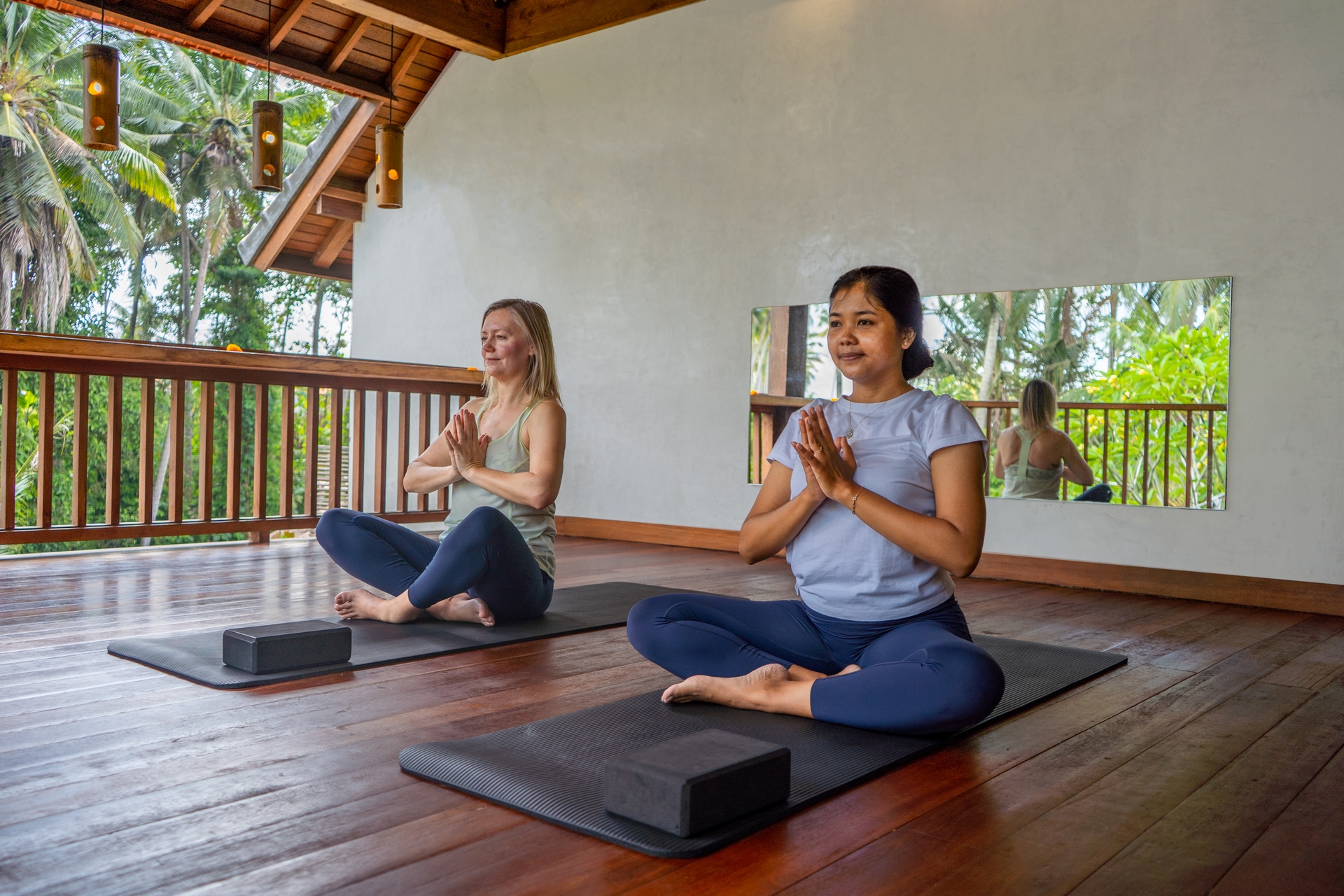 The Yoga
The Yoga
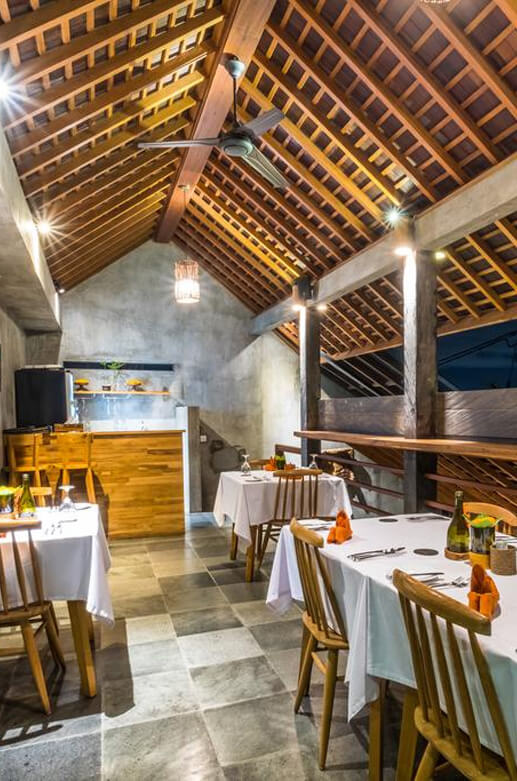 Gajah Resto
Gajah Resto
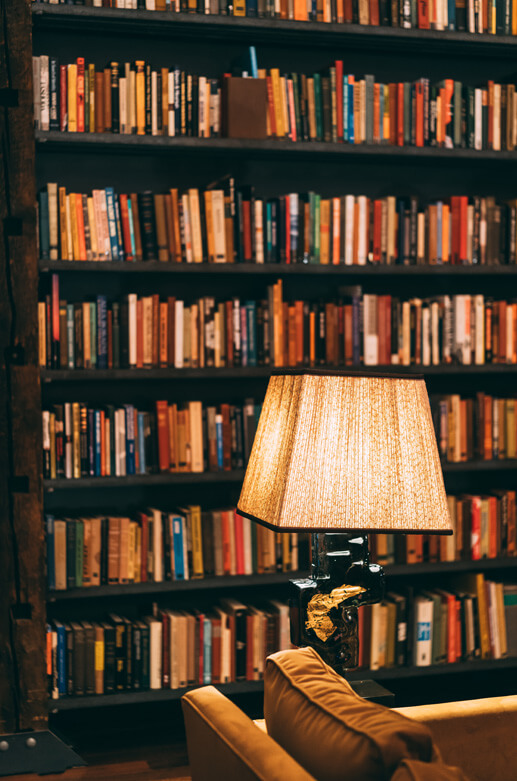 Library
Library
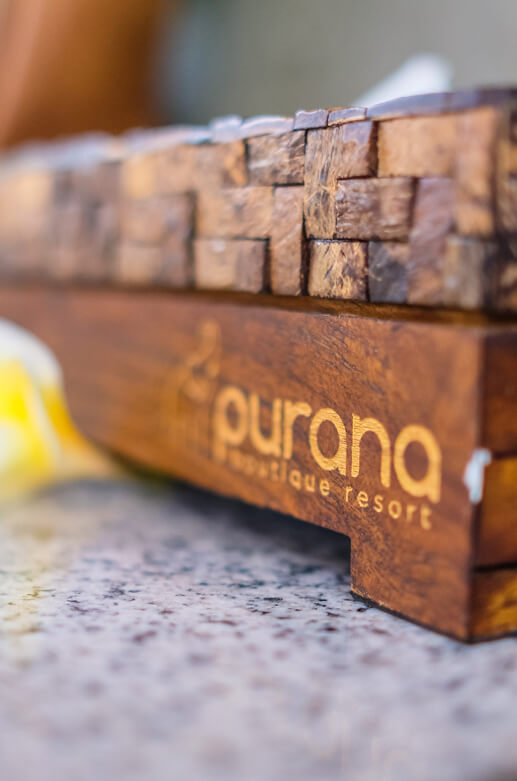 Souvenir Counter
Souvenir Counter
